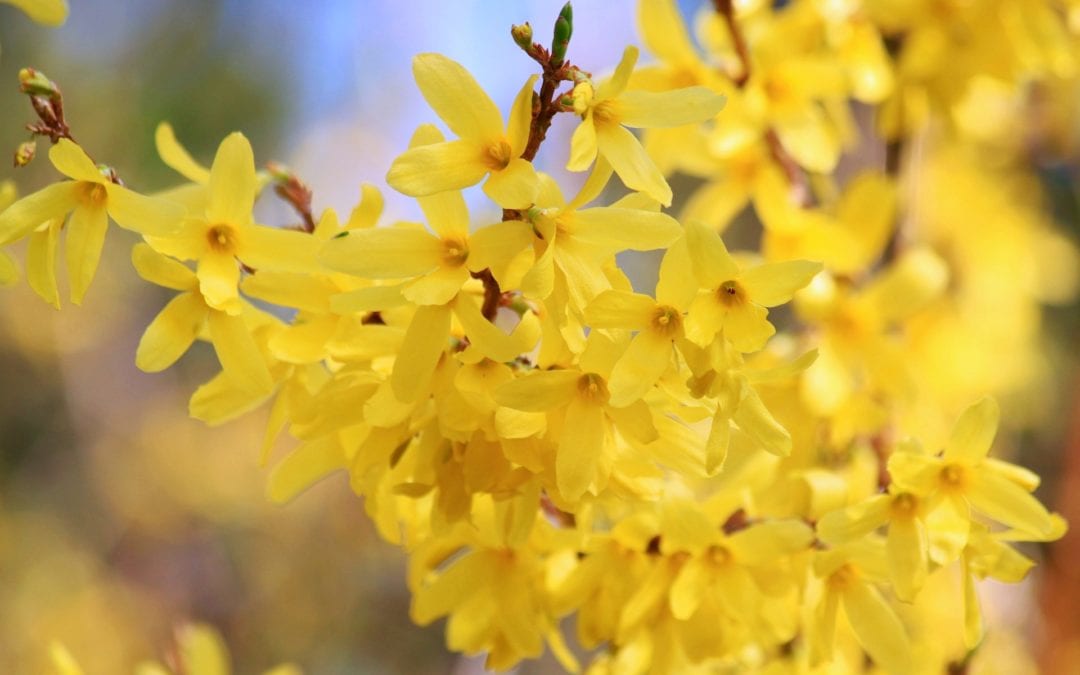Remember March 1st? Blustery. Damp. High of 29 and low of 14. Definitely lion weather! And the forecast for the 31st looks particularly lion-ish. So the old adage is holding true this year! Early spring weather is fickle, but we count on April to be a more golden month. Don’t you find yourselves looking for any excuse to be outdoors in the early spring sunshine? It feels as though everything alive is aching to stretch- length of the days, leaves on the trees, germinating seeds.
If your soil is thawed, new lily bulbs can be planted directly into the garden unless conditions are still really wet. Try the chocolate cake method to know for sure. Pick up a handful of soil and gently squeeze it into a ball. Then poke your finger into the middle. If the ball breaks apart like chocolate cake, your soil is ready for planting. If your finger makes a squished hole, ala really gooey brownies, wait another few, preferably dry, days.
It’s too early to plant out your other summer-flowering bulbs such as Dahlia, Begonia and Canna outside, but you can start them in pots, keeping them in the house where it’s warm. It’s okay to put the pots outside on warmer sunny days and bring them back in at night.
Be sure to do a thorough clean-up this spring of areas where you have fruiting plants. Rake away any old foliage and fruit, and finish your pruning. Add a 2 to 3-inch layer of mulch to the root area. Studies show that a nice thick layer of wood mulch will greatly increase yields, so don’t skimp.
Fertilize fruiting trees and shrubs with a slow release, low nitrogen fertilizer before growth begins. And as long as your fruit tree buds haven’t broken open, it is okay to apply dormant oil sprays to prevent insect infestations. This product can smother any egg masses, reducing the hatch. Follow package instructions. If you had a problem with scab last year, apply a fungicide as soon as you notice green tips on the buds. Repeat after the petals fall and resume applying the treatment every 10-14 days. If the mid-summer is dry this year, you can stop spraying then.
Given last summer’s general fungal issues, pick up a biologic fungicide, like Revitalize, to combat the inevitable outbreak of powdery mildew. To prevent it from getting a toehold, apply to your ninebarks, lilacs, peonies and serviceberry once petals have fallen from area crabapples. Revitalize uses beneficial bacteria to control many fungal diseases. It’s available in both a ready-to-use spray bottles and a concentrate formulated for hose-end sprayers, making it easier to treat larger plants or big areas.
Seed potatoes, onion and shallot sets and spring garlic have arrived at the Garden Center and can be planted as soon as the ground can be worked, usually in mid-April. Some of the common herb plants, like mint, parsley and thyme, are in stock as well.

